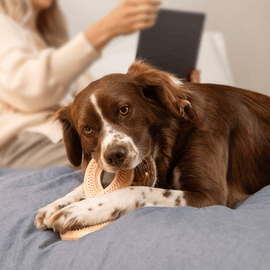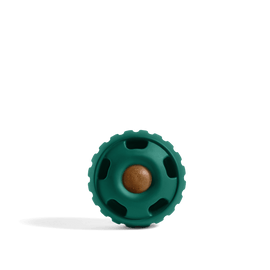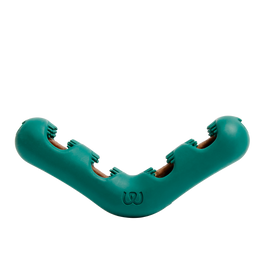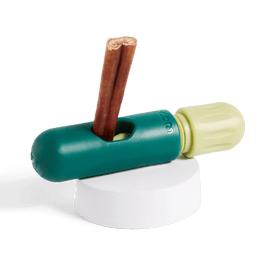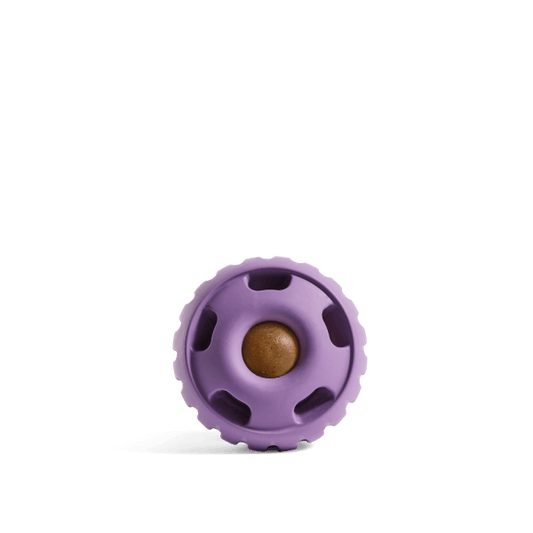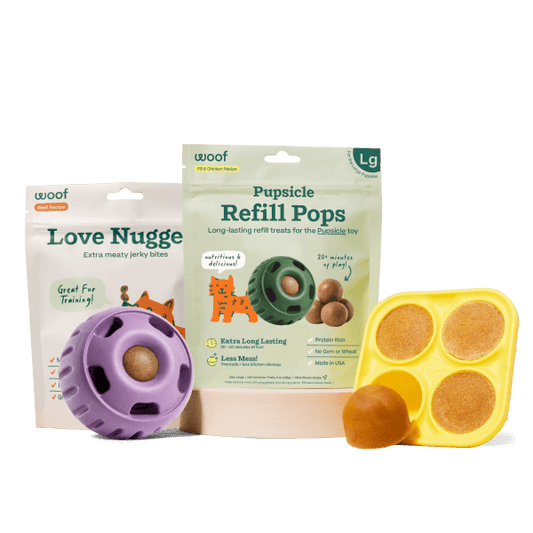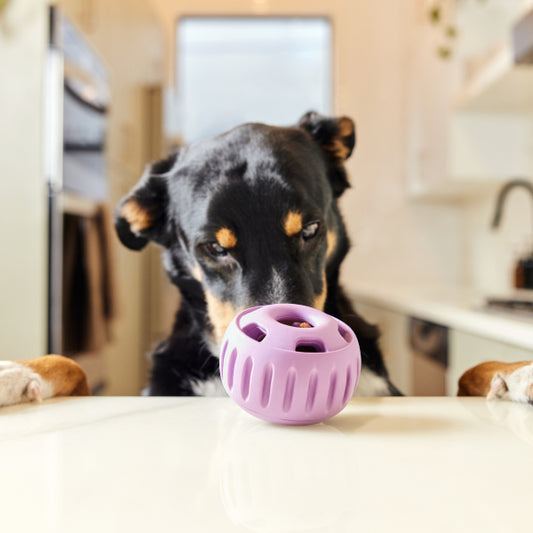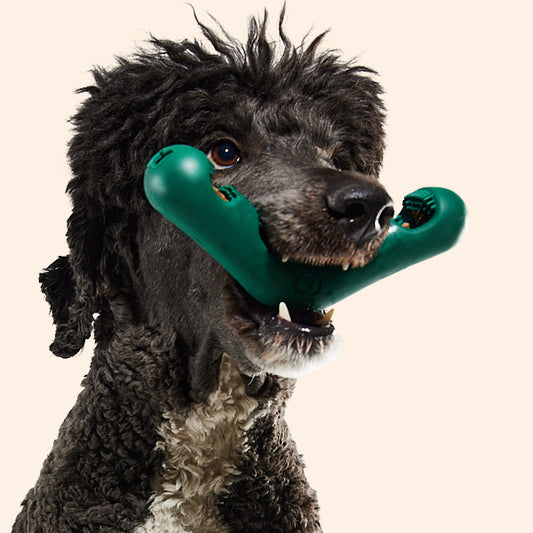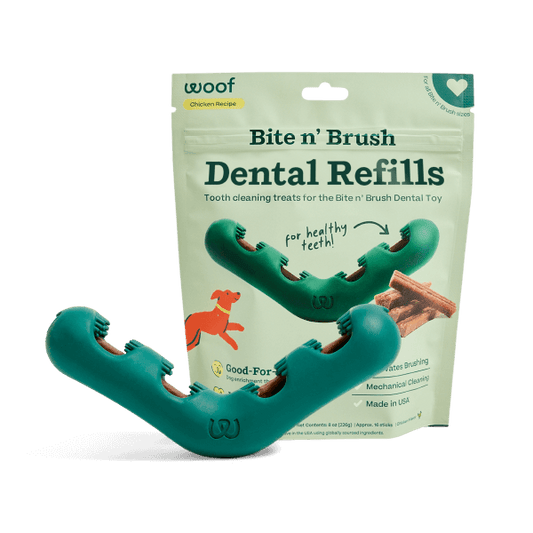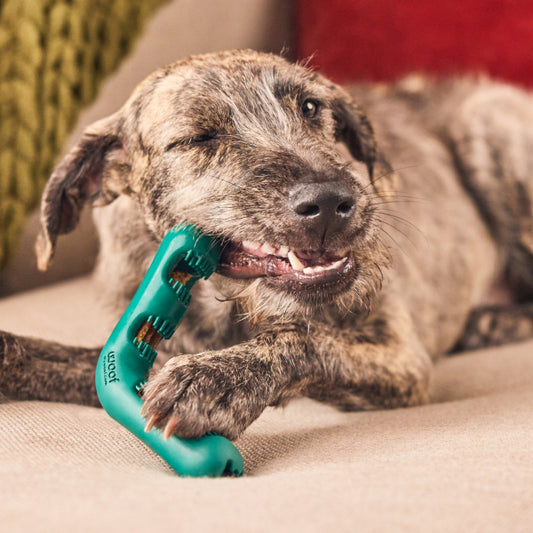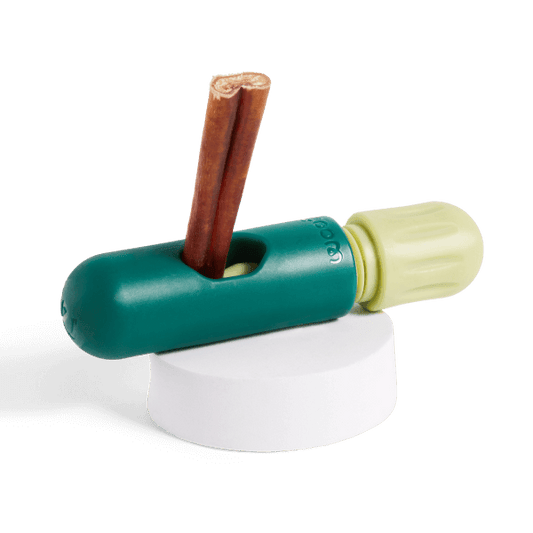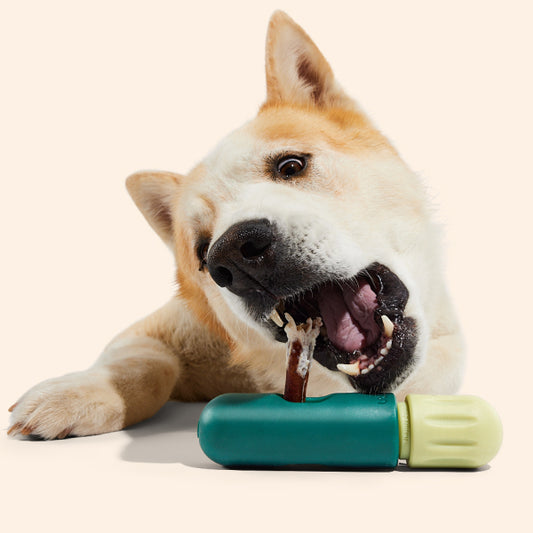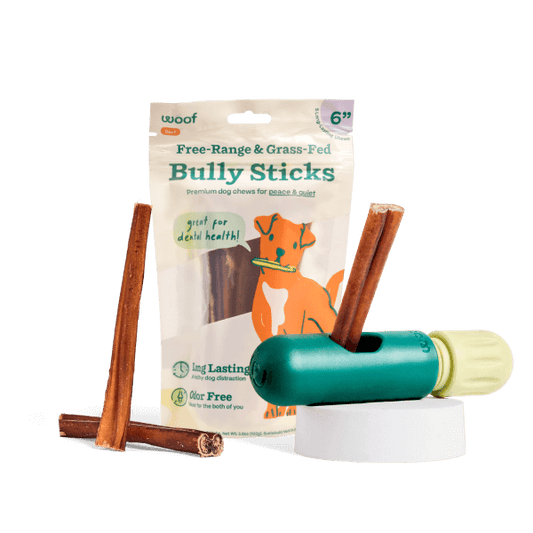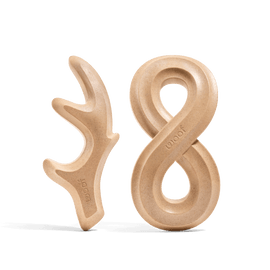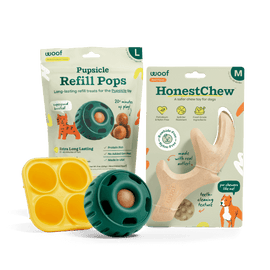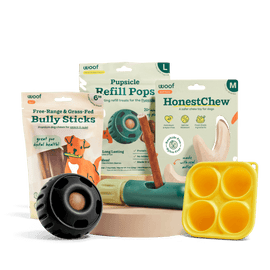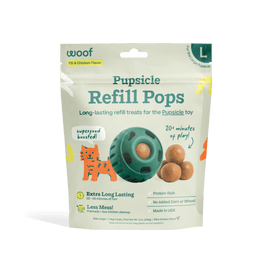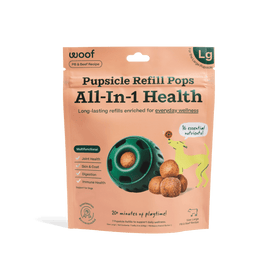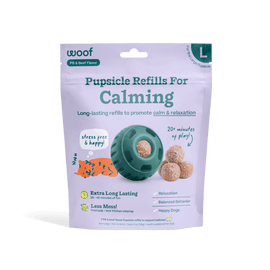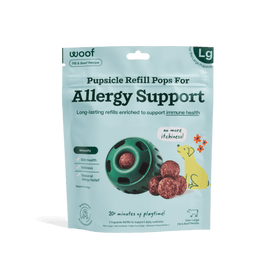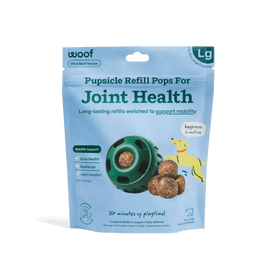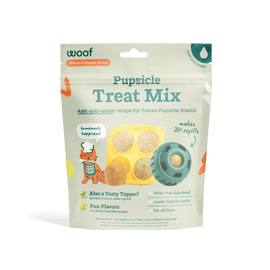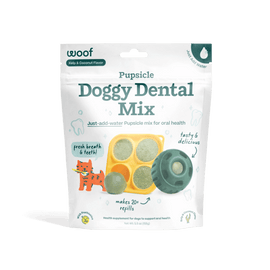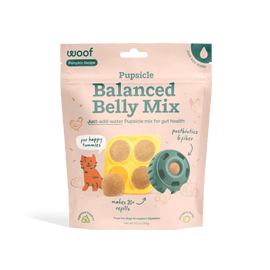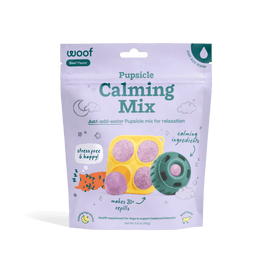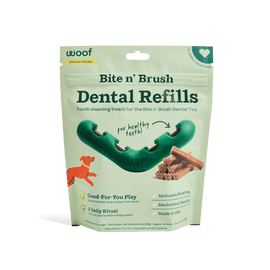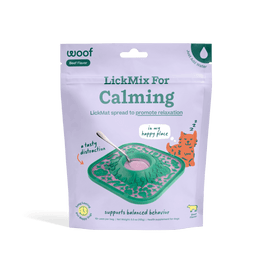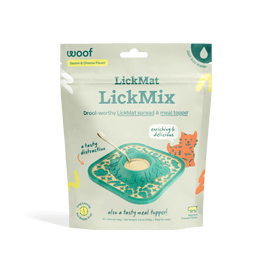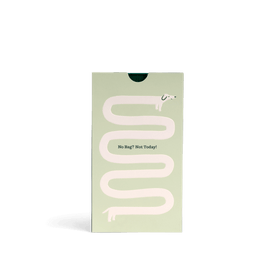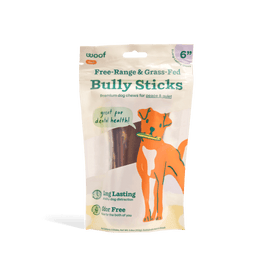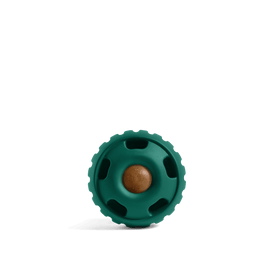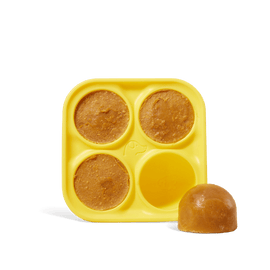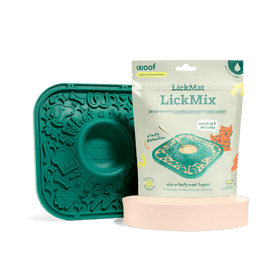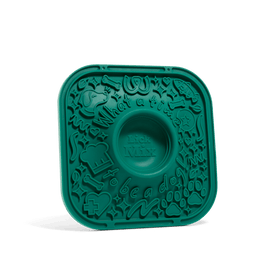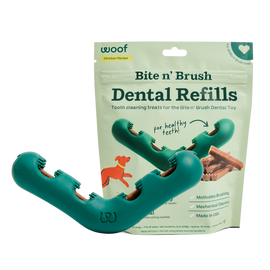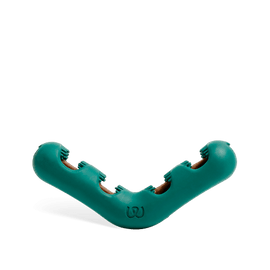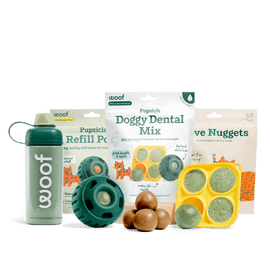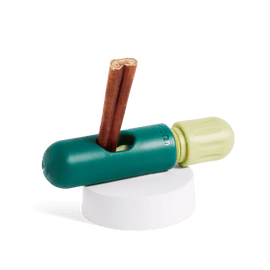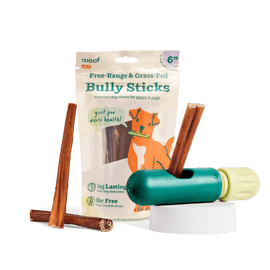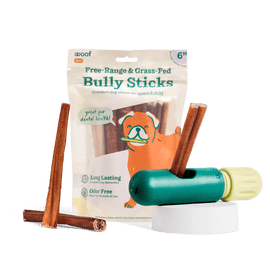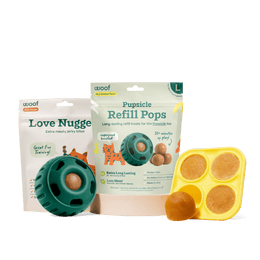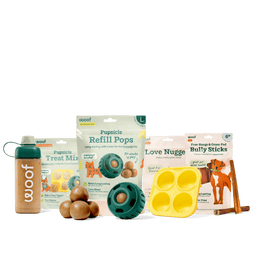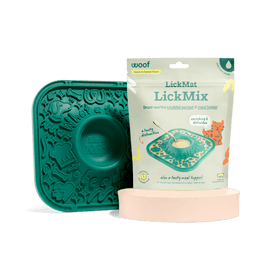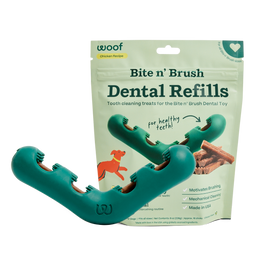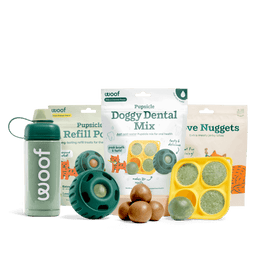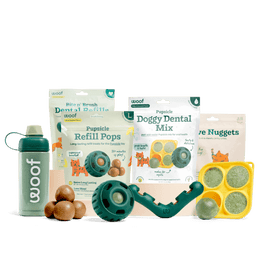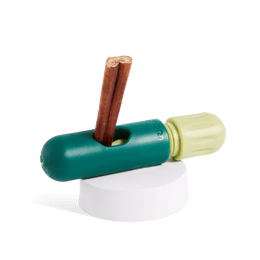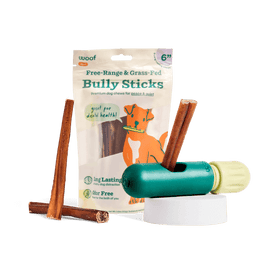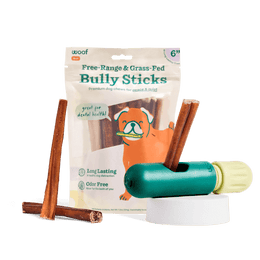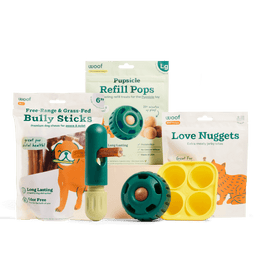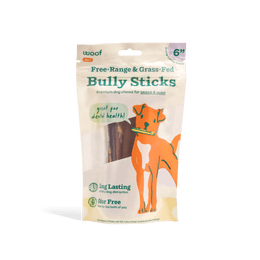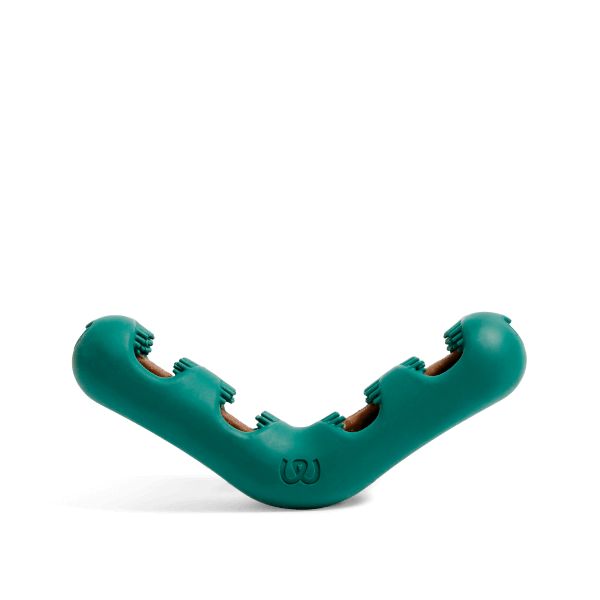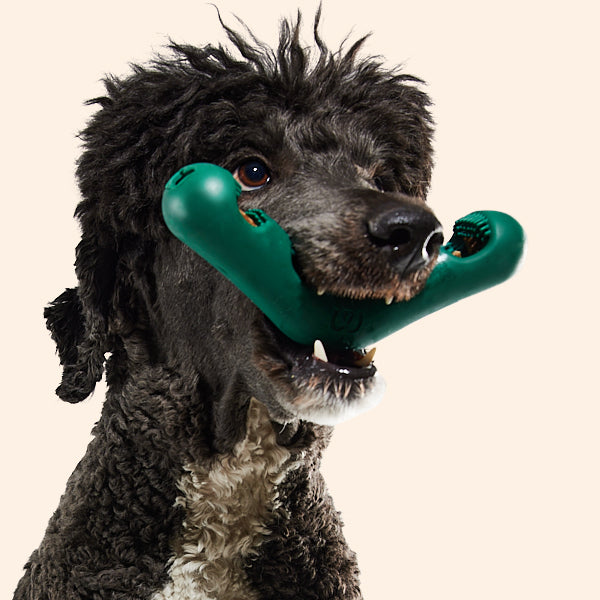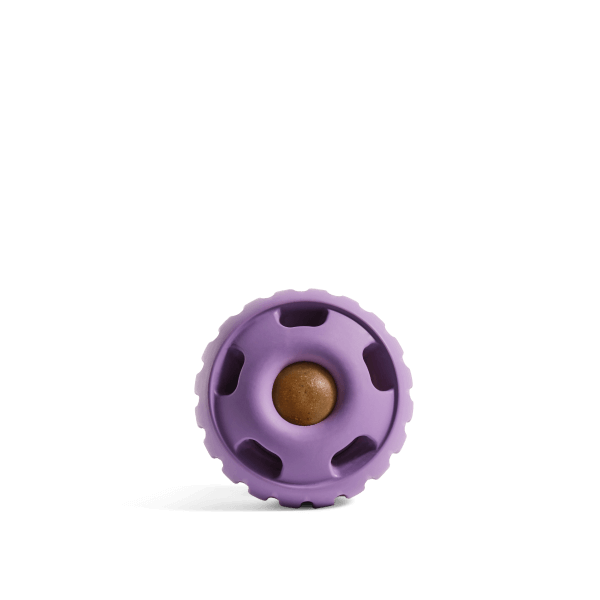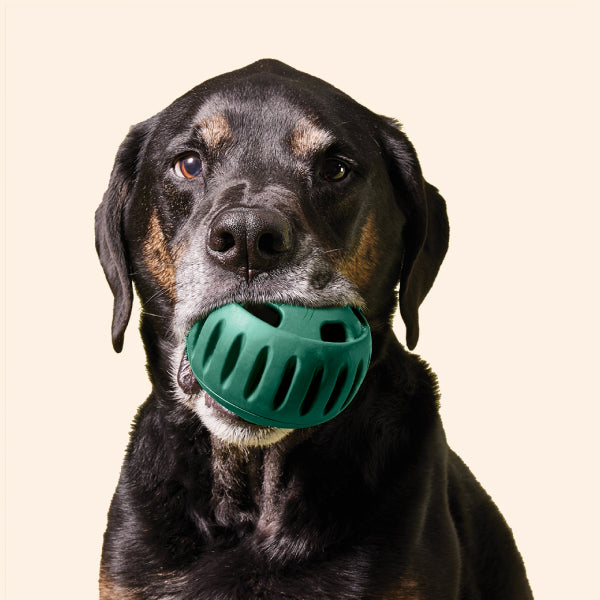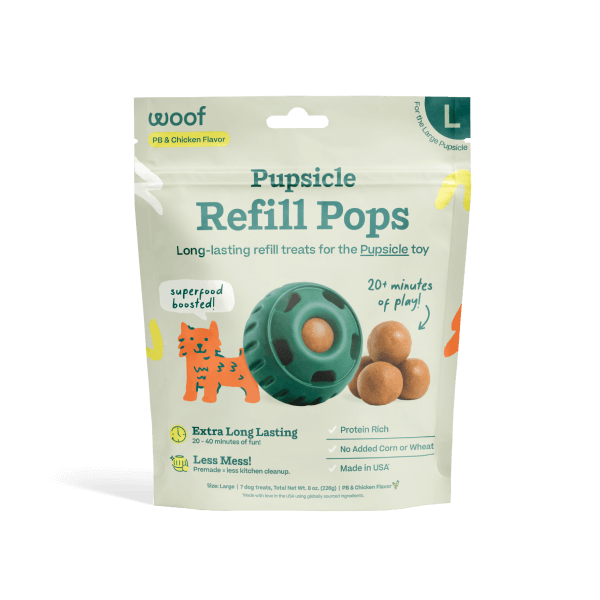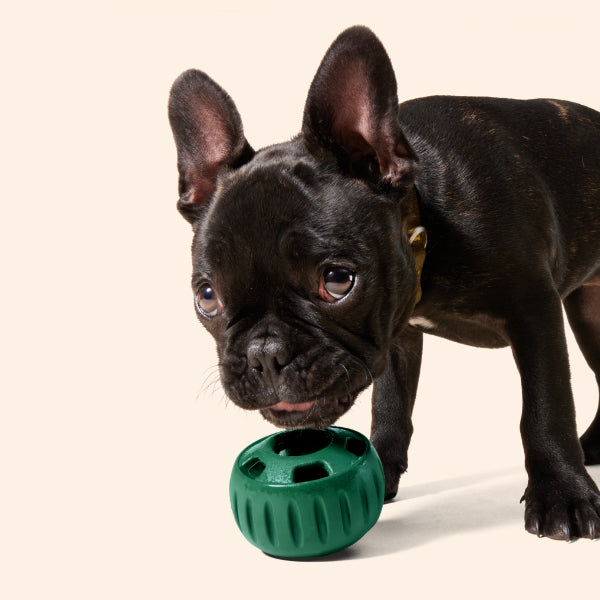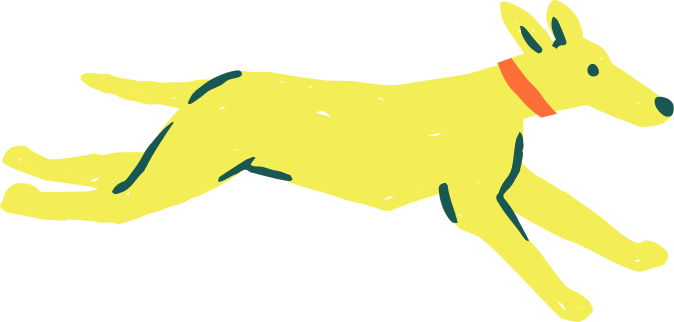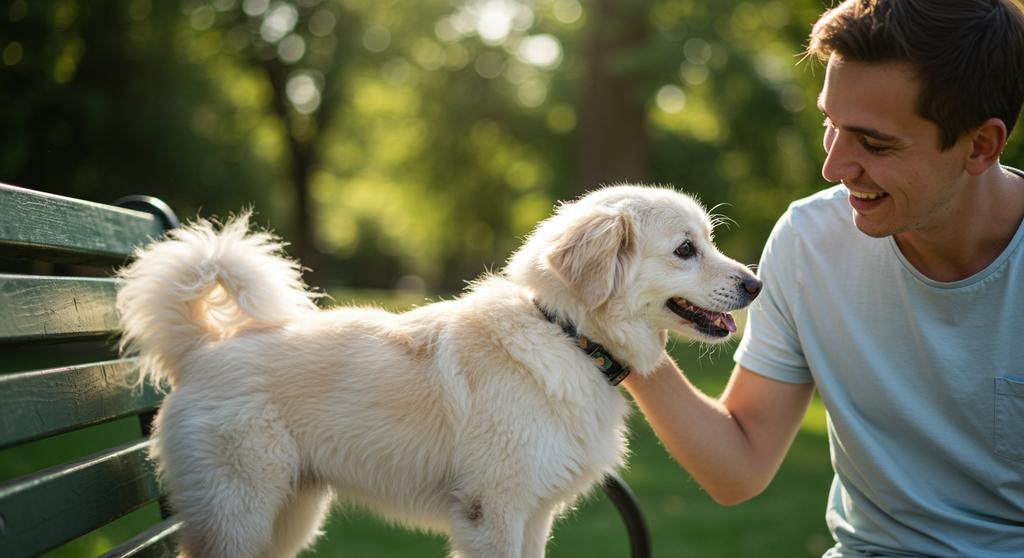
Dogs are more than just pets; they're our goofy, loyal, tail-wagging soulmates. Ensuring their emotional and physical well-being is one of the most fulfilling parts of being a dog parent. One of the simplest—and most rewarding—ways to do that? Petting. But how much petting is enough? And is there such a thing as *too much*? Let’s dig into the science, signals, and sweet spots of canine affection.
Understanding Your Dog's Need for Affection
Petting goes beyond mere touch—it's a powerful form of communication between humans and dogs. It conveys trust, love, and comfort. While dogs don’t come with a "required daily petting chart," most thrive on regular, positive touch. Factors that influence your dog’s craving for cuddles include:
- Breed tendencies: Some breeds, like Golden Retrievers and Cavaliers, are known cuddle bugs, while others—like some independent terriers—may prefer brief or strategic snuggles.
- Age and health: Puppies often crave constant interaction, while senior dogs may enjoy calmer, slower petting.
- Socialization history: Dogs raised in loving, hands-on homes tend to be more receptive to physical affection.
- Daily routine and stimulation: A well-exercised, mentally stimulated dog will often be more relaxed and open to cuddles.
Reading Your Dog's Body Language
Dogs are masters of nonverbal communication, and knowing when your pet is in the mood—or not—makes all the difference.
Signs your dog is enjoying the attention:
- Leaning into your hand or nudging you for more
- Soft, floppy ears and relaxed facial muscles
- Steady, slow tail wags (not helicopter tail unless you’ve just come home!)
- Happy sighs or gentle lip-licking
Signs your dog needs space:
- Stiff body posture or pulling away
- Yawning (as a stress signal, not sleepiness)
- Turning their head or walking off
- Growling, lip curling, or tucked tail
Respect these cues. Even the friendliest pup may want some "me time."
How Much Petting Is Ideal?
Most experts suggest at least 10–15 minutes of focused affection per day, but it's not about the stopwatch—it's about quality. Short, frequent interactions often beat one long cuddle session. If your dog is especially social or has a more anxious personality, they may benefit from even more bonding time throughout the day. Consider integrating petting during calm transitions like:
- After meals or treat time
- Before and after walks
- During brushing or while watching TV together
For puppies and rescue dogs, consistency in gentle touch helps build trust and positive associations with human interaction.
Surprising Benefits of Petting Your Dog
Petting isn’t just feel-good fluff. It has measurable health benefits for both dogs and humans:
- Lower stress levels: Studies show petting reduces cortisol (the stress hormone) and boosts oxytocin—the "bonding hormone."
- Supports heart health: Regular interaction has been linked to reduced blood pressure and heart rate.
- Reinforces training and behavior: Positive touch can be a calm reward after commands or good behavior.
- Health check helper: Regular petting helps you catch unusual lumps, dry patches, fleas, or pain sensitivity early.
Respecting Boundaries and Creating Safe Zones
Not all petting is created equal. Most dogs prefer being scratched under the chin, chest, or on the shoulders—few enjoy head pats or being hugged tightly. Here's how to make petting a pleasure, not a chore:
- Let your dog initiate petting when possible
- Use calm, steady movements
- Avoid approaching from above or behind
- Watch their reactions and adjust in real-time
For rescues, abused, or anxious dogs, start slow. Build up trust through play and treat-based bonding before focusing on prolonged petting.
Enhancing Affection with Woof Products
Want to turn bonding time into an all-out tail-thumping celebration? Try combining touch with stimulating tools from Woof’s collection:
- 🦷 The Bite n' Brush: A playful chew toy that doubles as a dental helper—perfect during post-petting chill time.
- 🍦 The Pupsicle: Use after training or petting for a flavorful frozen reward that says, "You’re a good dog!"
- ❄️ Pupsicle Pops: An interactive treat to keep them happy, engaged, and connected to you—even when your hands are full.
Conclusion: Love in Every Touch
Petting isn’t just about pampering—it’s essential for your dog’s mental, emotional, and physical health. By tuning in to your dog’s preferences and respecting their signals, you turn every belly rub, ear scratch, or chin stroke into a message of love and reassurance. And when you combine affection with play, treats, and healthy routines, you’re not just petting your dog—you’re nourishing a lifelong bond.
